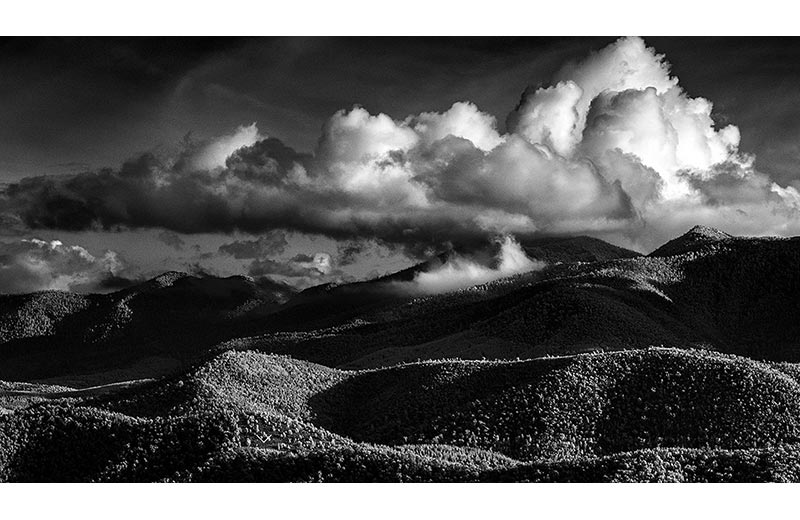Australian filmmaker Glen Ryan has released Brindabellas, a new feature-length movie from Silver Dory Productions that was shot in the near-infrared spectrum. The film, described as “stories from the edge of light,” allows the viewer to see the magnificent terrain and wildlife of Australia’s Canberra region during the four seasons in a completely new, and mesmerizing way.
Brindabellas features the sky and landscapes of the Canberra region of Australia – in particular the Brindabella Ranges – captured in monochromatic (near) infrared. This 140+ minute film focuses on the interplay of mountain light, air and water as these elements are transformed across the seasons – from clouds to mist, rain and snow – then frost and ice – and onto creeks and rivers. It explores both the wider montane vistas of the Brindabellas and the intimate details of the natural flows that are created by these mountains and, in turn, shape the very landscapes they arise from.

Brindabellas was filmed with modified RED Digital Cinema cameras. In photography these are often defined as just infrared but near-infrared is a more accurate description as the wavelengths recorded fall within the near-infrared spectrum: 750 – 1400 nanometres (nm). By comparison, light that’s visible to the typical human eye lies between 390 and 700nm.
The Brindabellas are neither wildly remote or rarely visited – they are the everyday backdrop to a capital city. In fact, many of the landscapes featured were filmed from within Canberra’s southern suburbs – often simply from the side of major roads. The aim in developing the film was not so much to reveal an unknown location but to show very familiar landscapes from a different perspective – with both slightly unusual light and slightly altered time and motion.
Brindabellas

